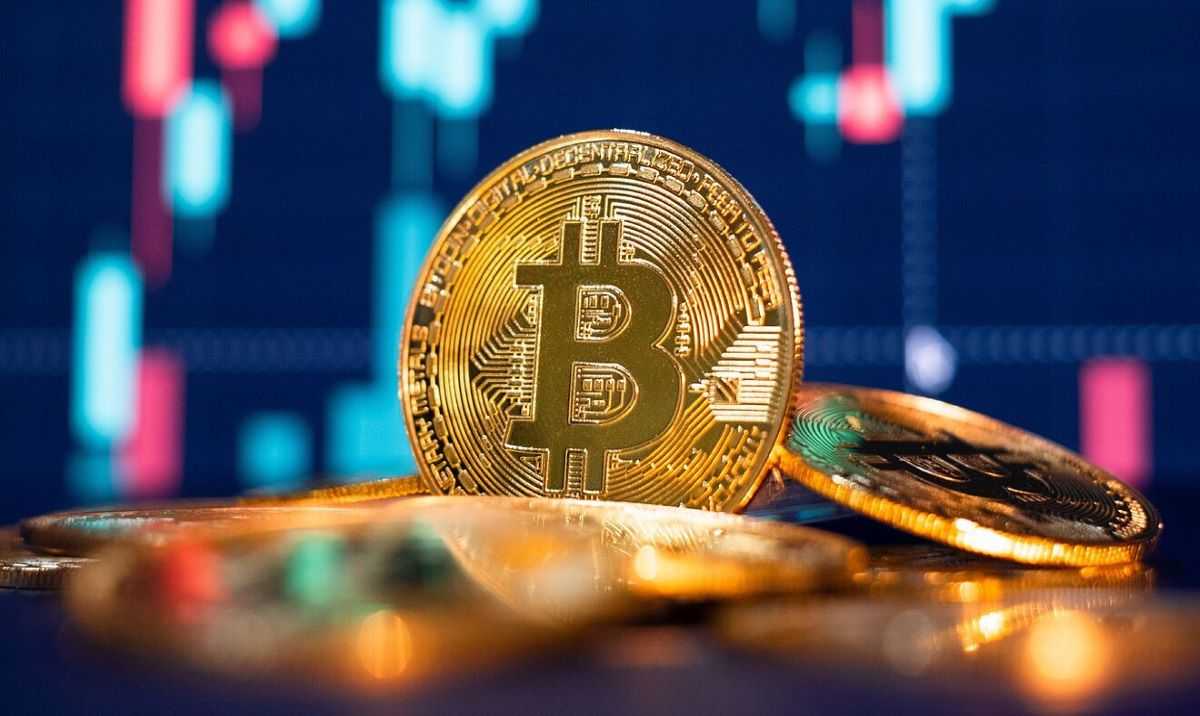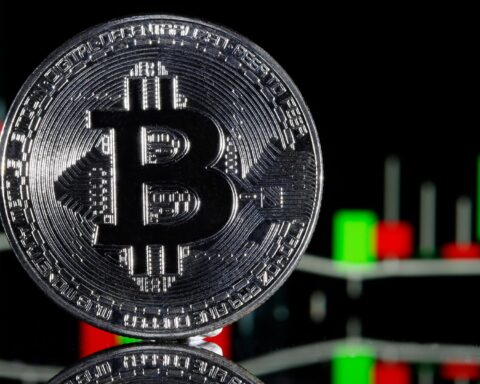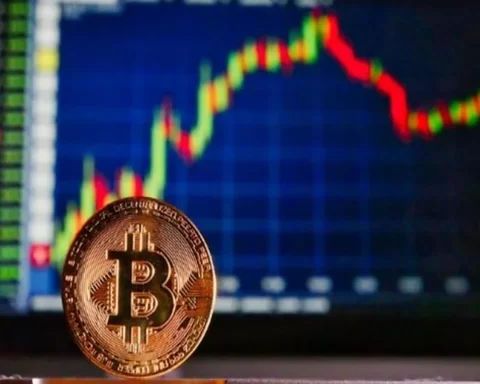Despite fresh data indicating rising inflation in the United States, Bitcoin (BTC) continued its upward trajectory as it entered the Wall Street trading session on September 14.
The cryptocurrency reached new highs for September, reaching a peak of $26,762.
Bitcoin’s strength persisted from the previous day’s closing, seemingly unfazed by the resurgence of U.S. inflation as confirmed by the Consumer Price Index (CPI) and Producer Price Index (PPI) August reports.
The PPI, in particular, exceeded market expectations by coming in at 1.6% year-on-year, while analysts had predicted 1.3%.
Interestingly, the crypto market aligned itself with traditional financial markets in rejecting the notion that U.S. macroeconomic policy might tighten further to combat inflation.
CME Group’s FedWatch Tool indicated a lack of consensus on the Federal Reserve raising interest rates later in the month, with odds of a rate hike pause standing at 97% at the time of this report.
The European Central Bank (ECB) added to this paradox by increasing rates by 0.25% on the same day.
This marked the ECB’s 10th consecutive rate hike, bringing rates to 4.5%, their highest since 2001. Notably, the ECB also downgraded its growth forecasts for the years leading up to 2025, emphasizing the ongoing battle against inflation.
READ MORE: Binance.US Challenges SEC’s ‘Unreasonable’ Demands in Legal Showdown
Market sentiment surrounding Bitcoin remained optimistic, with many participants hopeful for further price gains, aiming for a target of $27,000.
Traders closely watched the $26.4K level, considering it crucial to break through to escape the current trading range and aim for an upward move toward approximately $27,000.
Popular trader Jelle observed that Bitcoin was following the Power of Three setup, pressing against local resistance. He suggested that a break above $26,400 could pave the way for a push towards $27,600.
However, trader and analyst Rekt Capital adopted a more conservative stance, drawing parallels with a chart fractal from 2021, which coincided with Bitcoin’s previous all-time high.
He noted that as long as Bitcoin maintained support around $26,000, the Phase A-B of the fractal could come into play.
Nevertheless, he cautioned that past occurrences of this fractal had sometimes led to a relief rally followed by rejection, potentially indicating weakening support around the $26,000 level.
In summary, despite concerning inflation data in the U.S. and global central banks anticipating prolonged rate hikes, Bitcoin remained resilient, with market participants eyeing further price gains, albeit with varying degrees of caution.
Other Stories:
Prominent Executives Predict Bitcoin Could Surpass $100,000 in 2024
Former PayPal President Predicts Bitcoin Lightning Network Revolutionizing Global Payments
2023 Crypto Venture Capital Funding Plummets As Industry Faces Uncertain Times




